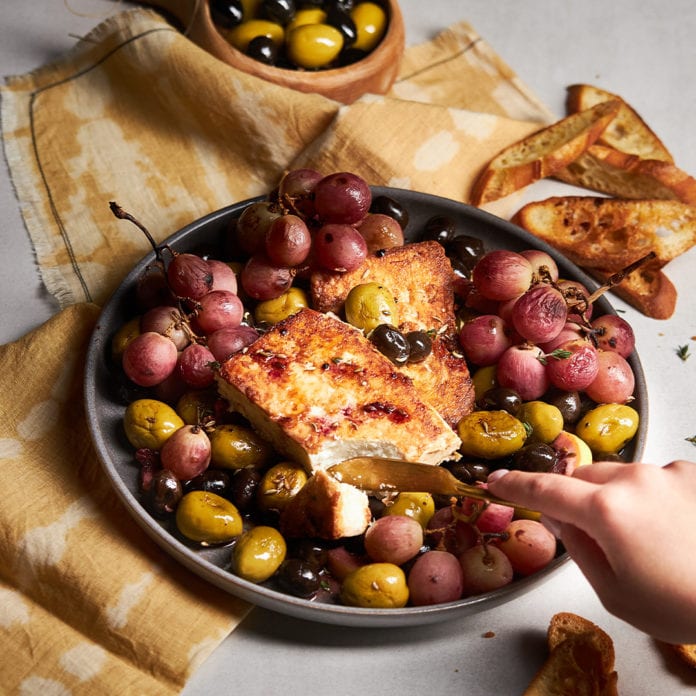From tapas to tapenades to tabletops, European olives represent the best that the continent has to offer. They’re delicious but healthy, perfect for snacking or just as good as part of an entrée, and they offer lots of variety while being readily available. And for proof of this success, look no further than the habits of Canadian consumers, who clearly appreciate everything that these olives bring to the table.
Available all year in grocery stores, the olives are affordable and easy to store — olives that are in a hermetic container (glass jar, plastic jar, tin can., et cetera) can be stored in a cool, dry place, away from light for at least one year before opening. After opening, the olives can be kept up to one month in the refrigerator. The conservation is the same for green and black olives.
Quick to prepare, olives fit into all daily menus and are part of a balanced diet. A closet essential!
Also, there is no need to worry about your guests’ dietary preferences with this one. It’s vegan, gluten-free, paleo, Whole30, low carb, keto and all those other ways we choose to eat.
Traditionally, olives are classified by type. The various types are defined by how ripe they are when harvested, and this is determined by their colouring. In general, we divide our olives into two types: green, which are semi-ripe; and black (ranging from black to deep purple), which are harvested just before or when they are completely ripe.
The Gordal, also appropriately named “the fat one,” is large and fleshy, giving it a firm and crunchy texture. This variety also flourishes in the warm yet gentle climates, which gives the Gordal variety its characteristic delicate flavour and bitter-salty balance. Gordal olives can be consumed in a variety of ways: as part of a quinoa salad; spiced and marinated and served on their own; as a bed for baked salmon; and much more.
The Hojiblanca derives its name from the silvery underside of its leaves, while the fruit itself can range from dark purple to black. The most widely cultivated variety in Spain, Hojiblanca olives are harvested earlier to develop its dark colour, providing them with a thicker skin and a firm pulp, resulting in a satisfying bite and a grassy and fruity note with an aftertaste of almonds. They can be paired with pine nuts for a sophisticated take on a brownie or used to make a classic Spanish tapenade.
Manzanilla, also called the “little apple” for its round shape, is one of the most-popular eating olives. Manzanilla olives are slightly smaller than other varieties, but fleshy and smooth, perfect for a wholesome snack. Their delicate, balanced flavour can be beautifully complemented and accentuated by a marinade of herbs, garlic or even orange. And because the stones of Manzanilla olives can be removed so easily, they can be stuffed with any number of delicious fillings.
Interestingly enough, not all varieties of olives are meant to be eaten as table olives. It all depends on factors such as the olive’s fat content, the size of the stone compared with the flesh, how hard it is to remove the stone and the skin’s characteristics. In order to be upgraded to table olives, the fruit must have an average fat content, a small, smooth stone that can be removed easily, dense flesh and delicate skin. That’s why our Gordal, Hojiblanca and Manzanilla, three varieties that embody the quality and versatility of European olives from Spain, are the best to use as table olives.



















